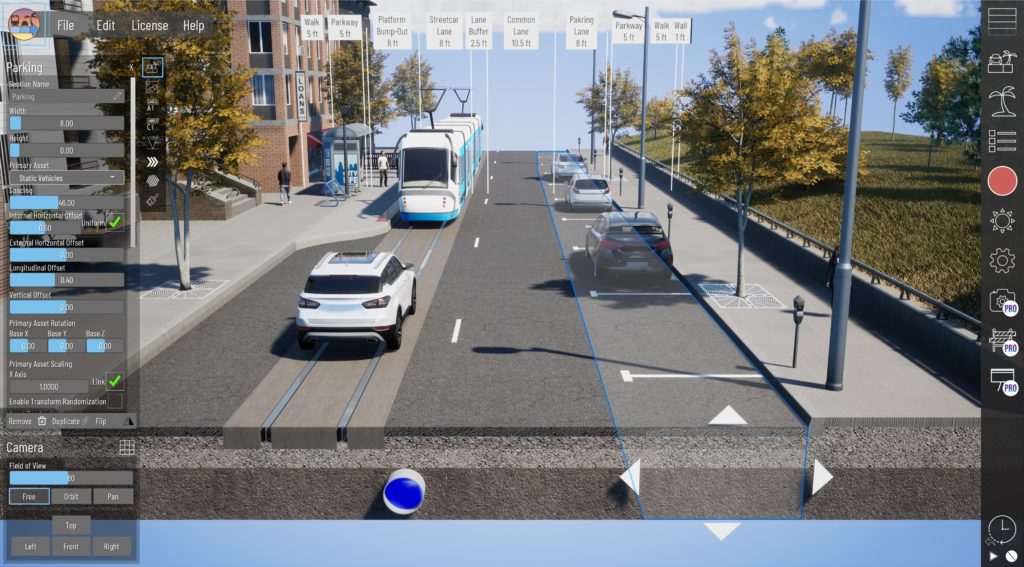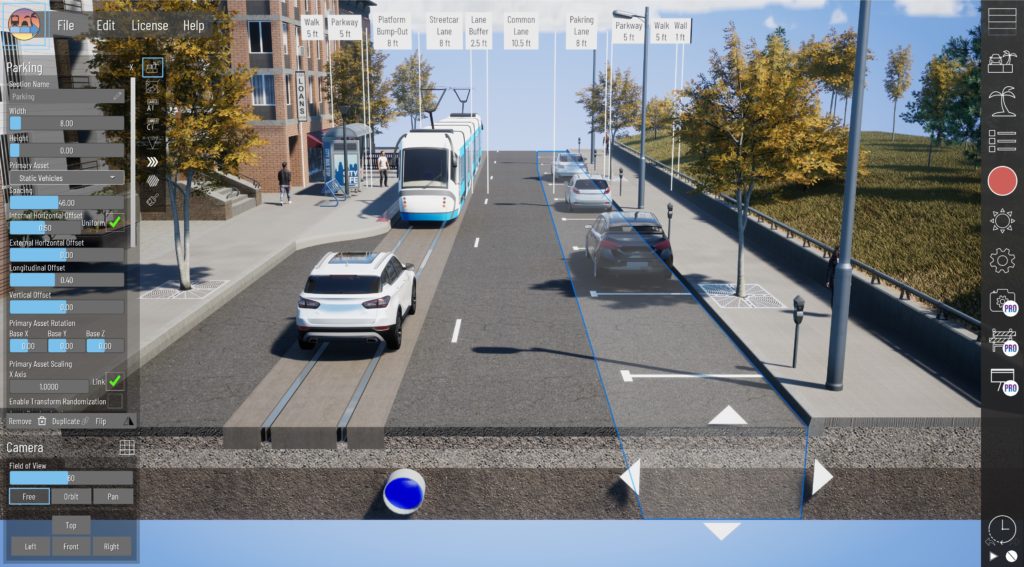When it comes to software and technology in civil and infrastructure there is much said and written about design products, BIM and document management. But what about visualization? What role does this vital technology play in transportation and other civil projects?
First, a proper description of visualization. Visualizing, in this sense, is nothing more than visual communication of a project. This has probably been around in some form or another for thousands of years. We can easily imagine the builders of the great pyramids using sketches to visually communicate the final product before a single stone was set. Similarly, the Golden Gate Bridge was visualized via pencil sketches before it was built.
In our day, visualization is often referred to as 3D visualization as we now have computers and technology that can more easily turn design concepts (or actual files) into photo-realistic 3D renders. Note that the accurate description of visualization does not include design or BIM. Those are related, but separate, technologies. Design refers to the process of defining the extents and process of the project in such a way that the contractor can built it and BIM refers to ‘Building Information Modeling’ that allows digital management of the project (often in 3D space) tracking attributes of the project and elements (quantities, price, model, make…) for better project management.
Visualization is simply the process of communicating the final (or interim) completion of the project for lay audiences. In other words, ‘what will the project look like?’
Those that have been in the industry for a while may argue that projects have been built without 3D visualization for a very long time and they have a point. That said, projects have been built without combustible engines, computer aided design (CAD) and GPS survey for a long time as well yet we still see the efficiencies these technologies offer and are quick to use them on every modern project. Roads, for example, have been built for a very long time without almost any of the modern tools and technologies.
Visualization (especially computer generated 3D visualization) is yet another technology that is adding value and efficiencies to the design and construction of civil projects. In decades past, 3D visualization was particularly expensive and, as such, only reserved for major projects with significant public impact. In recent years, however, the cost of visualization has continued to drop as technology has improved- especially interactive visualization.
Now, with Beyond Typicals, visualization for civil and infrastructure projects has become even more affordable and accessible. What used to take weeks now takes days and what used to take days, now takes hours.

3D visualization offers incredible value for civil projects. Perhaps the best indicator of this value is that clients that invest in visualization for the first time often continue to use it as much as possible. This is especially true for projects with high public impact and/or with significant public outreach. There are few things more frightening than standing in front of the public and telling them their homes and businesses will be impacted (or even removed) because of a project in the corridor. Conversely there are few things more empowering than having good, interactive 3D visualization to communicate the project to the public in real time.
In addition to the empowerment 3D visualization offers to show the final project for public outreach, here are some other tangible benefits available from this form of communication:
- Create dynamic visuals for proposals to give an advantage in competing for projects and to help win work
- Communicate project phasing to coordinate with the contractor and design team
- Show maintenance of traffic (MOT) closures to warn and inform the public
- Landscaping configuration for internal and stakeholder coordination
- Interactive visualization stations at malls and project offices to let the public ‘experience’ the project with virtual reality, driving simulators and more
- Create engaging image and video renders for use on social media to build a following and better communicate with those most impacted by the project
- Create beautiful visuals that local news wants to show to built engagement and support for the project
In addition to this incomplete list of benefits of visualization for your project, perhaps the most compelling (especially in recent years) are new requirements by public agencies to include 3D visualization as part of a public outreach strategy. These requirements have led to incredible growth and innovation for visualization in transportation and other civil projects.
Visualization is a powerful tool for infrastructure projects with surprising returns on investment (ROI). With Beyond Typicals this only becomes more powerful and efficient and finally puts photorealistic 3D visualization in the hands of those designing the projects.

